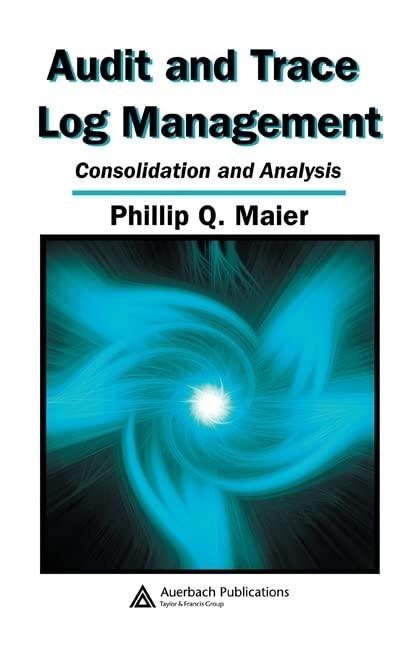Question
Coin Toss - Instructions The goal of this lab is to measure the probability of a tossed coin landing on heads, and in the process
Coin Toss - Instructions
The goal of this lab is to measure the probability of a tossed coin landing on heads, and in the process practice computing uncertainty and error. All experimental measurements have some measure of uncertainty. For a set of measurements, the standard deviation is one way of quantifying the uncertainty due to random error.
Record your measurements, do calculations, and answer questions in the separate Report file. Only the completed Report file needs to be submitted.
- For this lab, you will need 15 coins of any type.
- Flip coins and count the number of heads . Repeat this two more times for a total of trials.
- Compute the mean number of heads .
- For each trial, compute the deviation .
- Compute the standard deviation:
The experimental value for the number of heads is then .
- Repeat steps 1-4 two more time, using and coins.
- Repeat steps 1-4 one more time, using a number of coins chosen by you.
- Using a spreadsheet or graphing program (Sheets, Excel, Numbers, etc), make a scatter plot of the above measurements, putting the number of coins C on the horizontal x-axis and the experimental value of heads on the vertical y-axis.
- Add to this graph the straight line which best fits the data. The spreadsheet or graphing application can do this for you. Double click on one of the data points, which will highlight them all. A menu will appear with the option to add a trendline. After selecting this, choose the linear option.
- Have the computer display the equation for this line, and record this equation.
- According to this equation, what are the values of the slope and and vertical intercept?
- Have the computer display the value, which indicates how well the line fits the data.
- Submit the graph along with the report file.
- If C coins are tossed, the expected number of heads H is given by
Comparing relation to your linear trendline, the slope in step 11 gives the experimentally measured value . (Be sure to round to the appropriate number of significant figures.)
- What is the theoretically exact value of the intercept? (That is, what would you expect to obtain if your measurements were all exact?)
- To compare your experimental value of with the exact answer, , compute the fractional error given by the following formula:
Step by Step Solution
There are 3 Steps involved in it
Step: 1

Get Instant Access to Expert-Tailored Solutions
See step-by-step solutions with expert insights and AI powered tools for academic success
Step: 2

Step: 3

Ace Your Homework with AI
Get the answers you need in no time with our AI-driven, step-by-step assistance
Get Started


